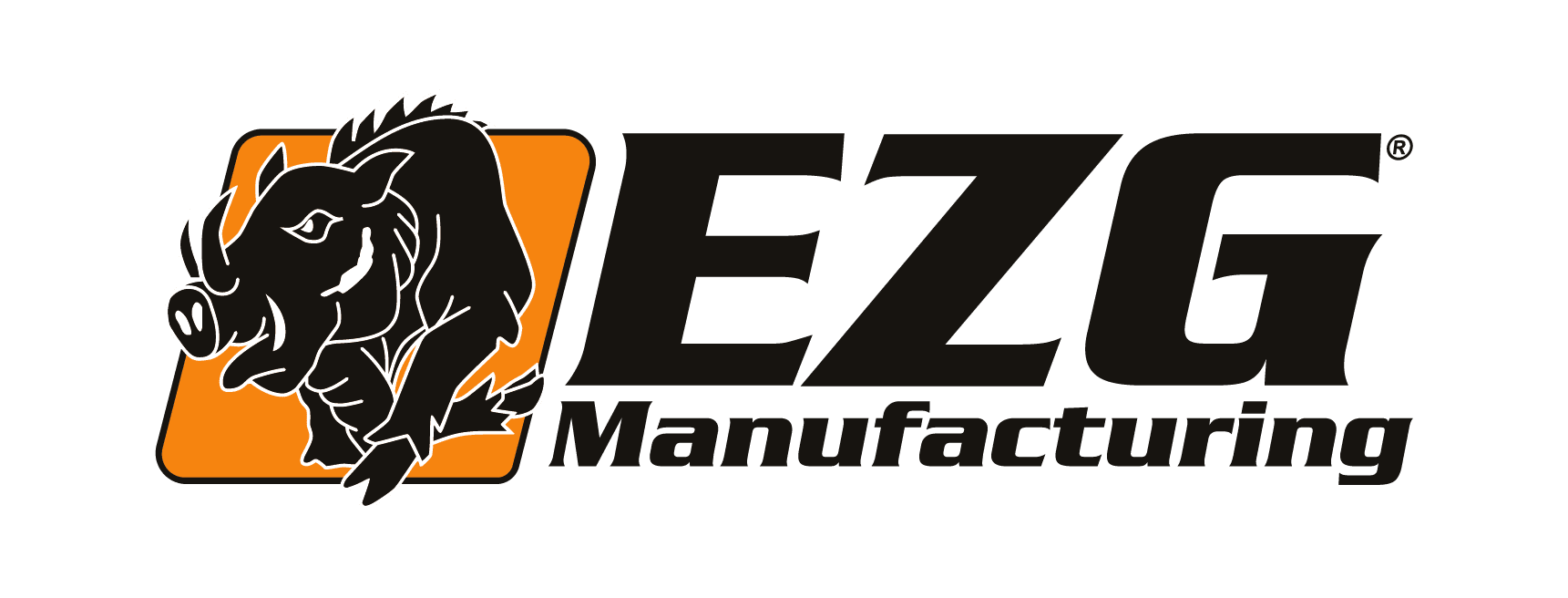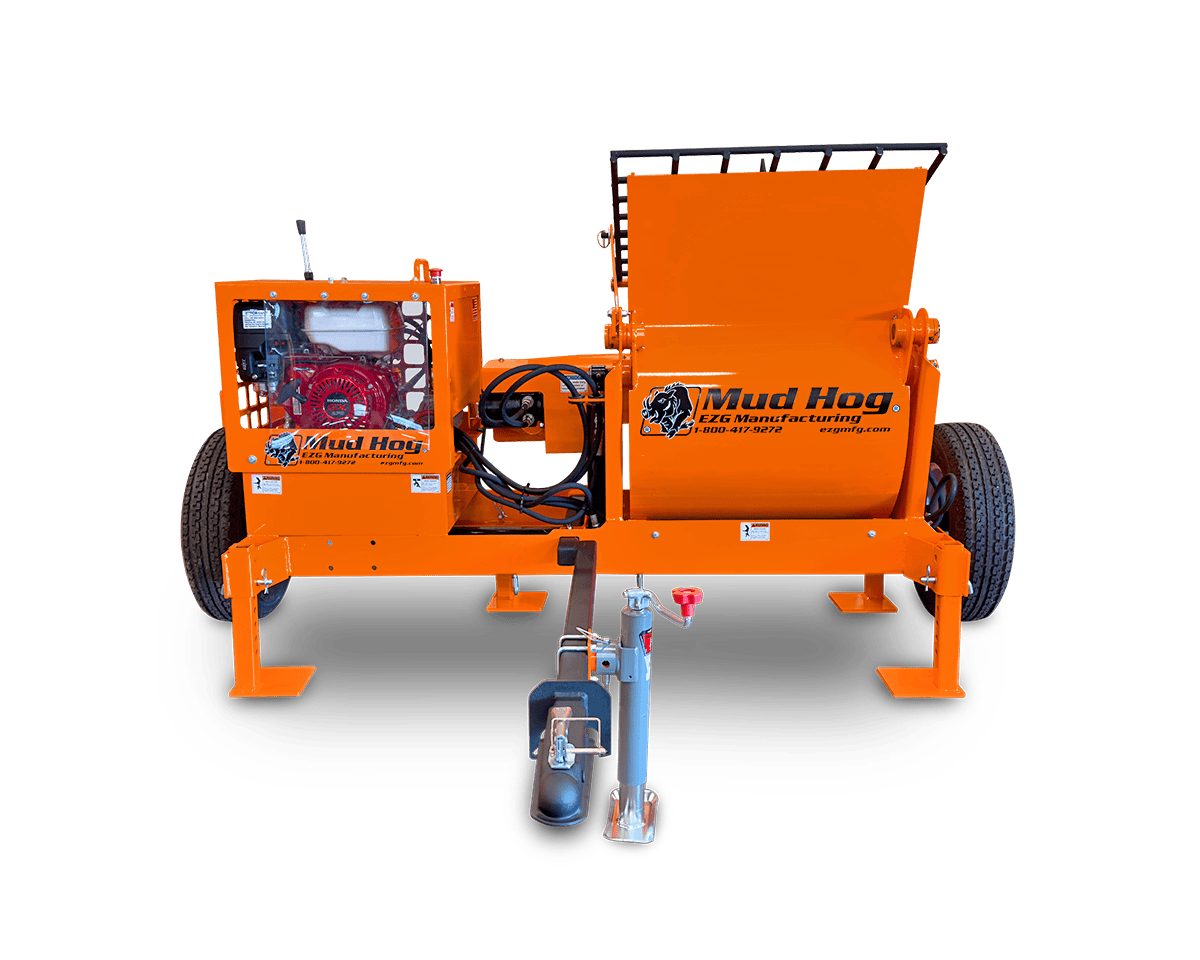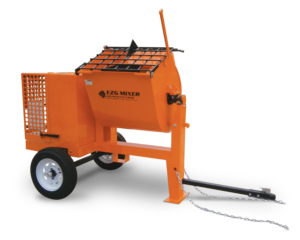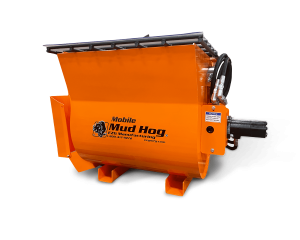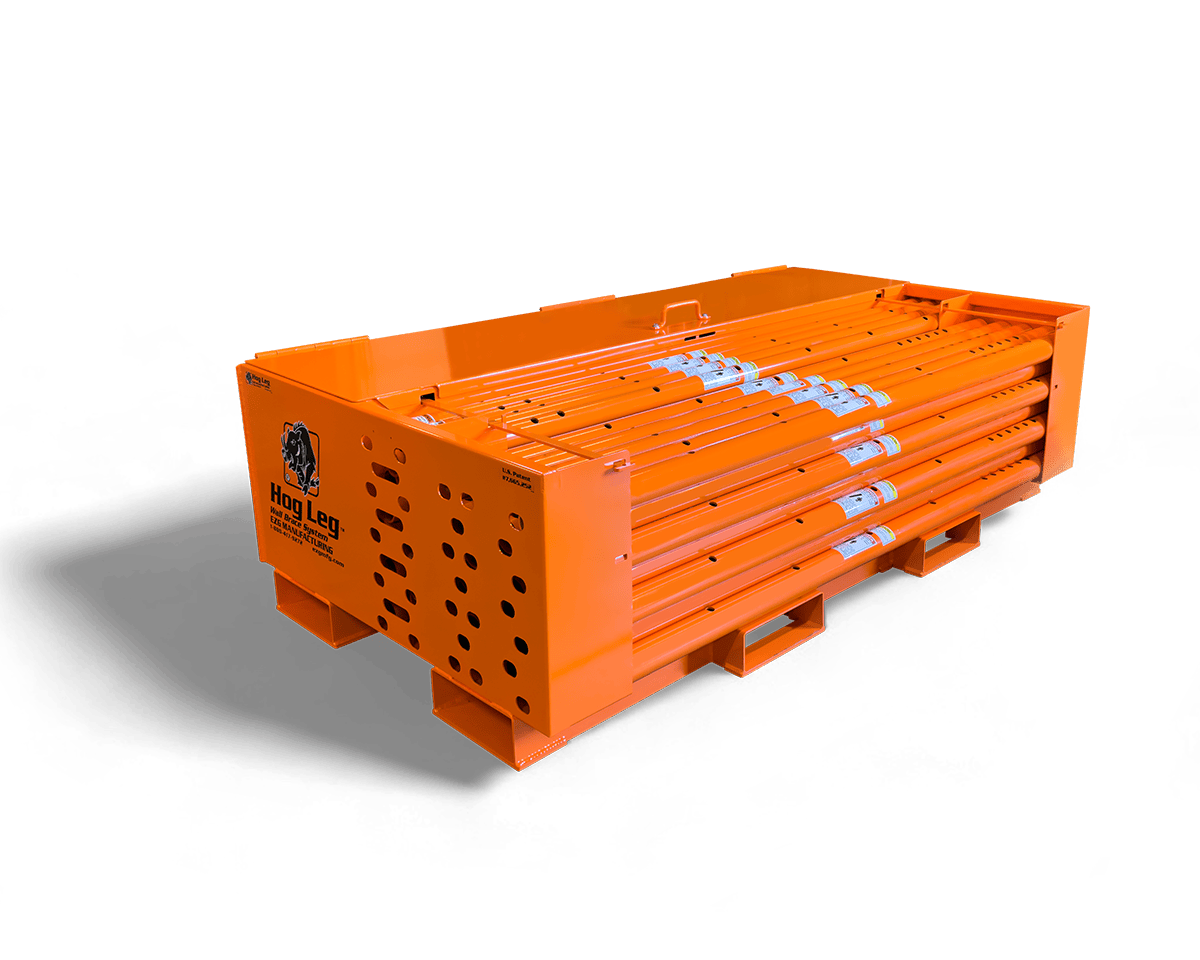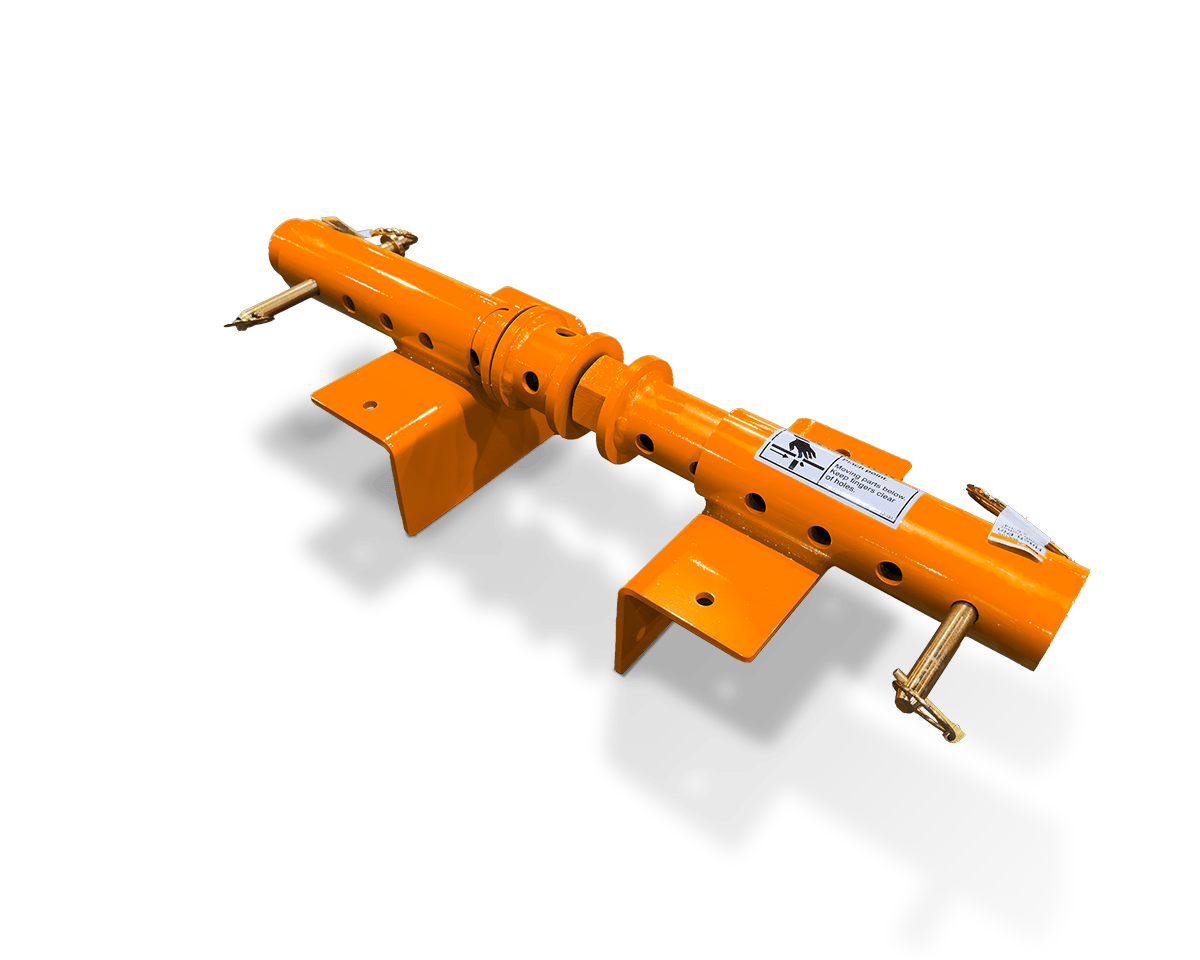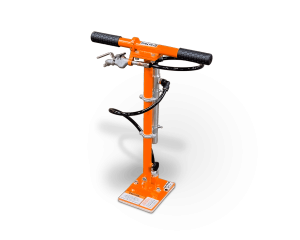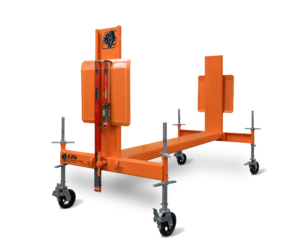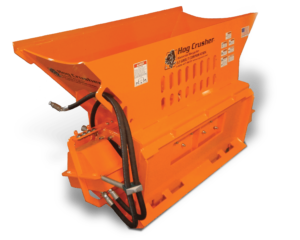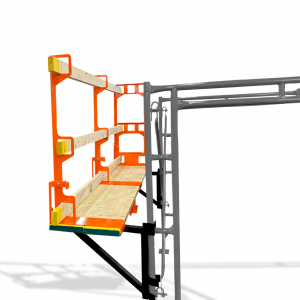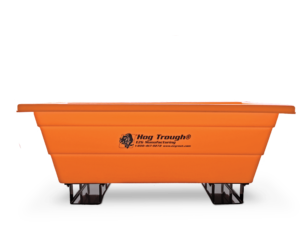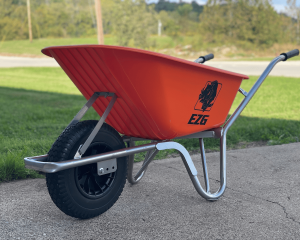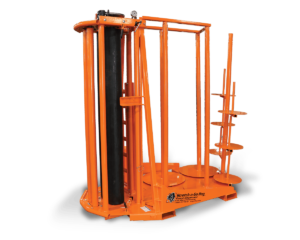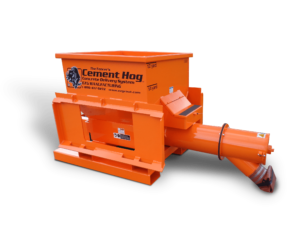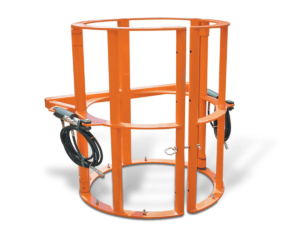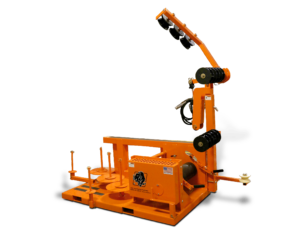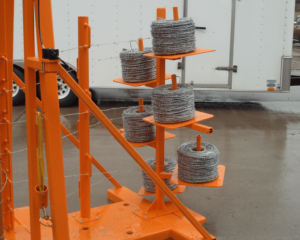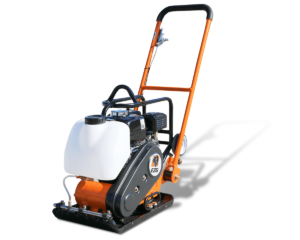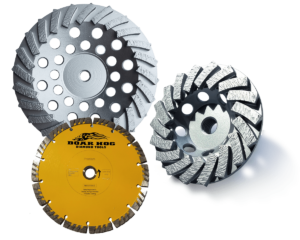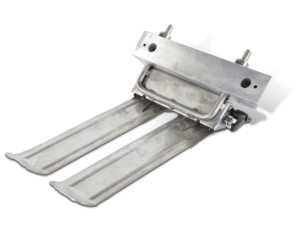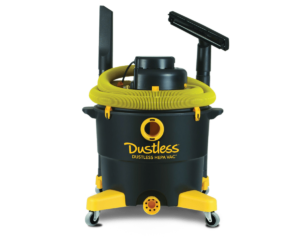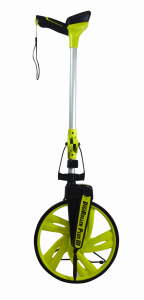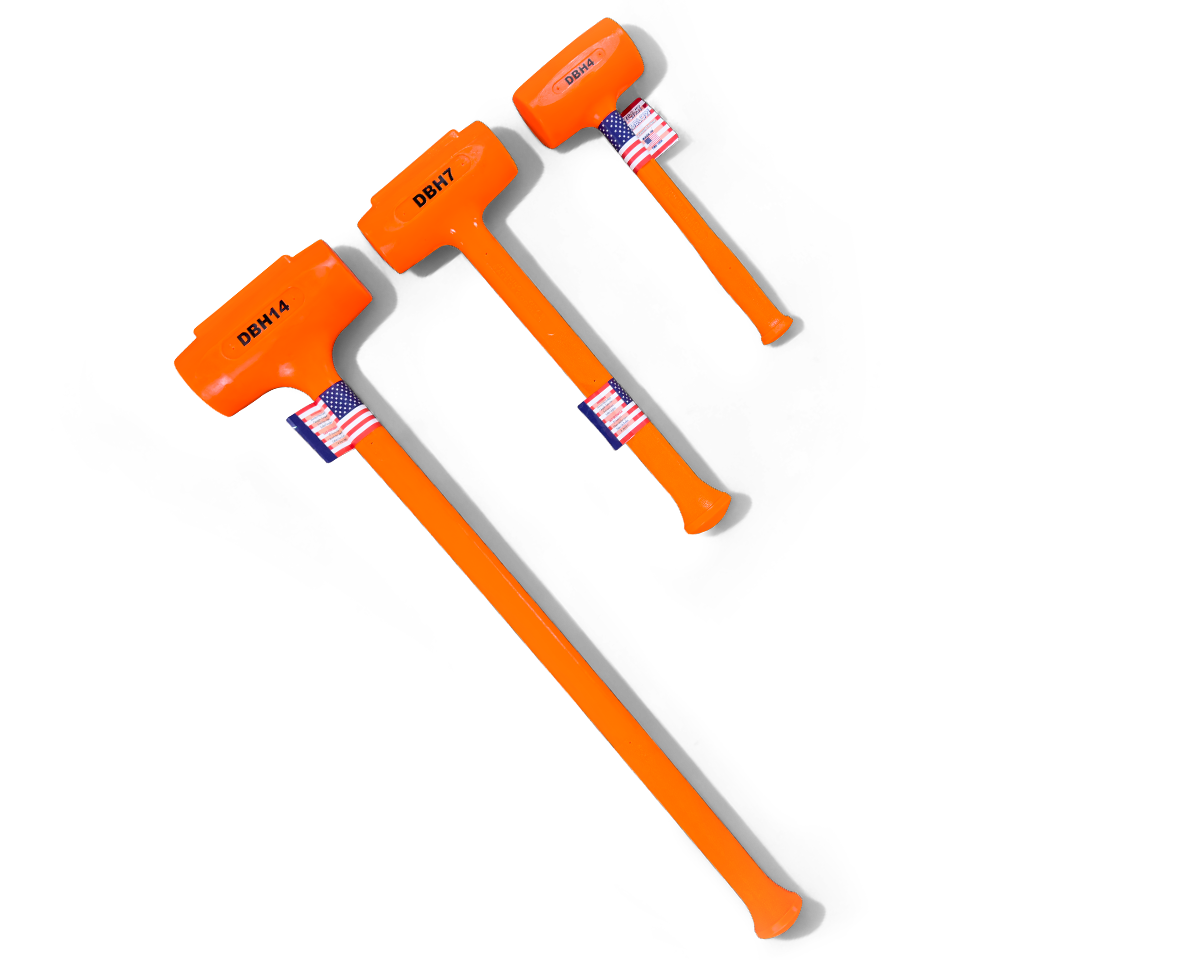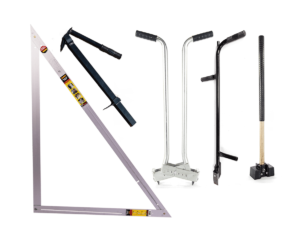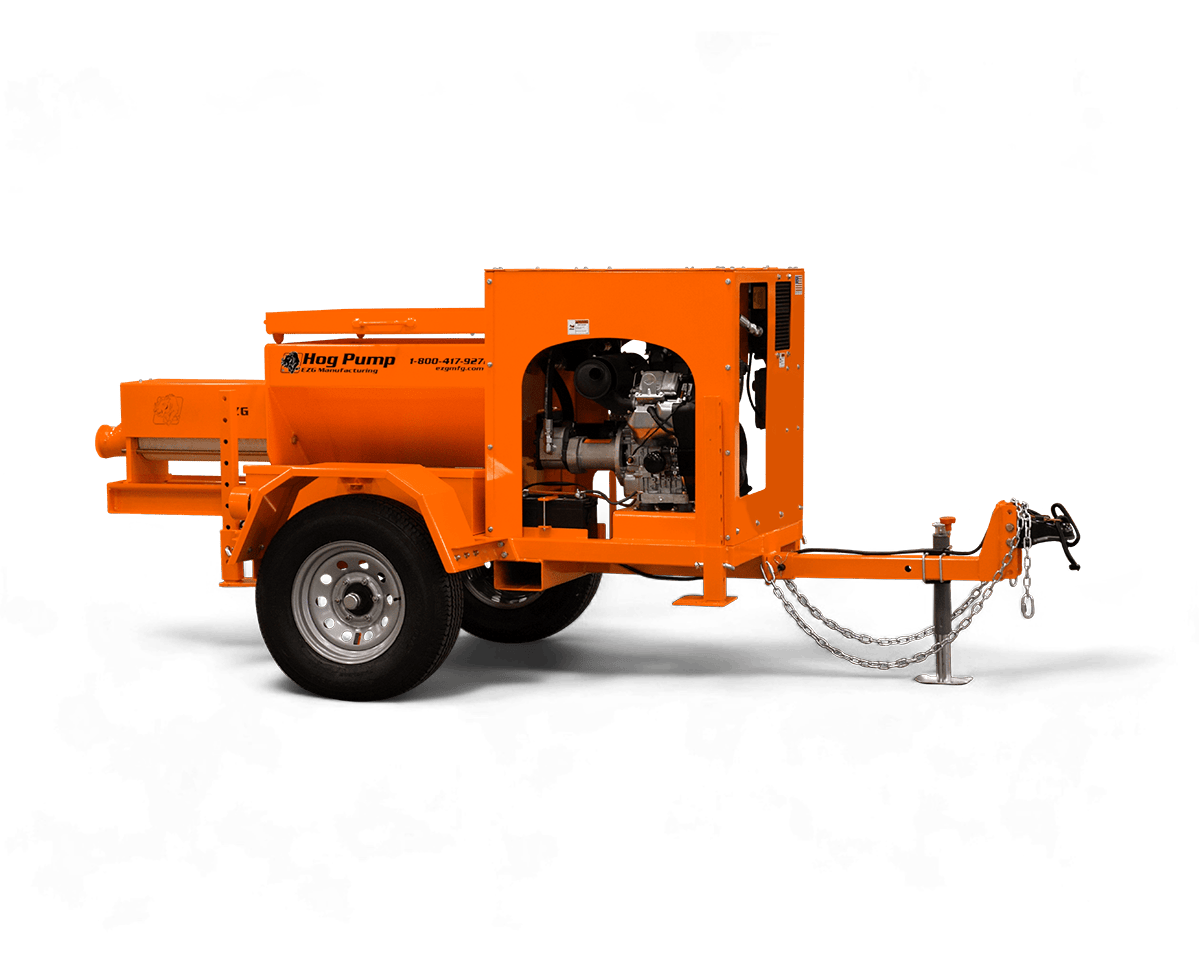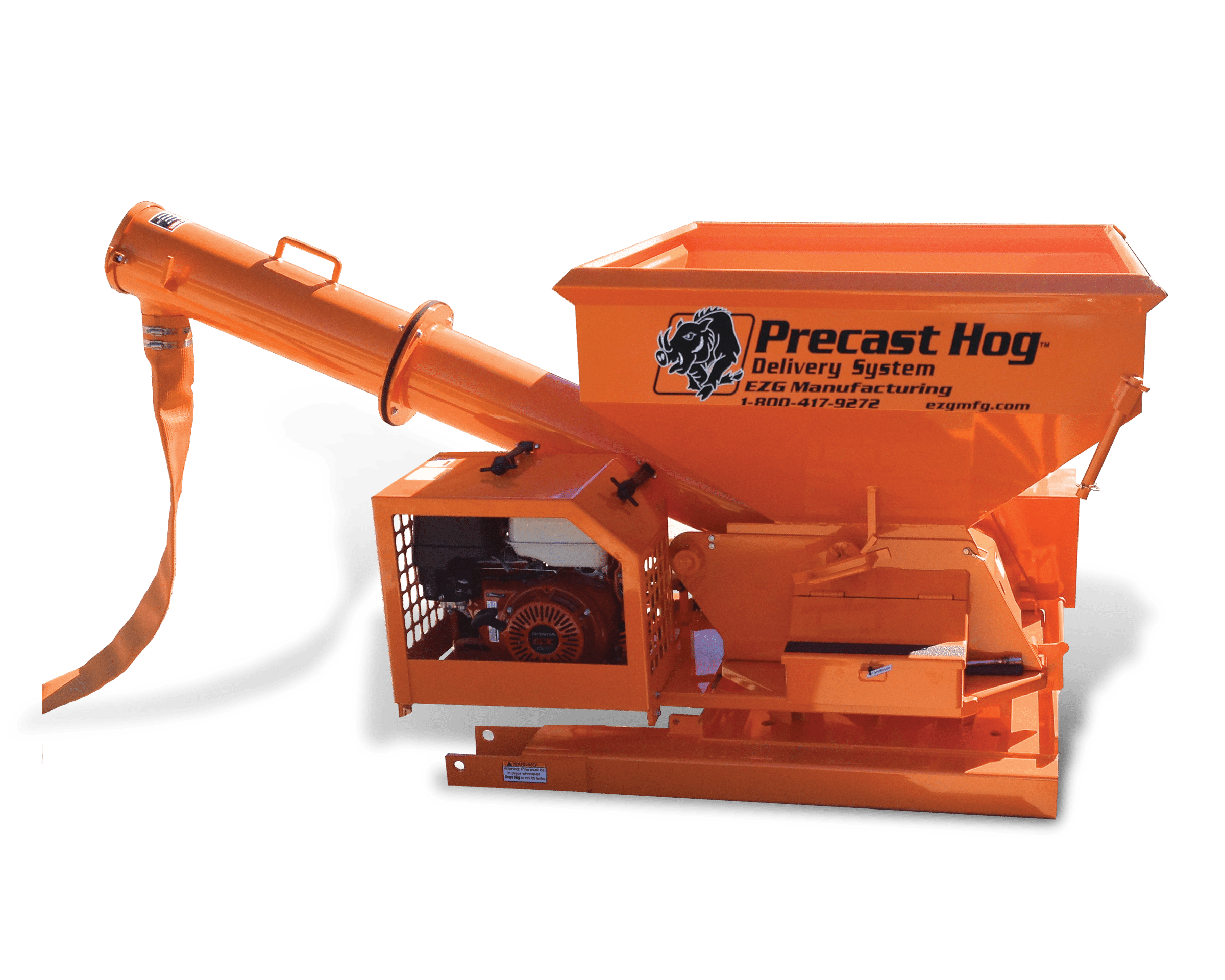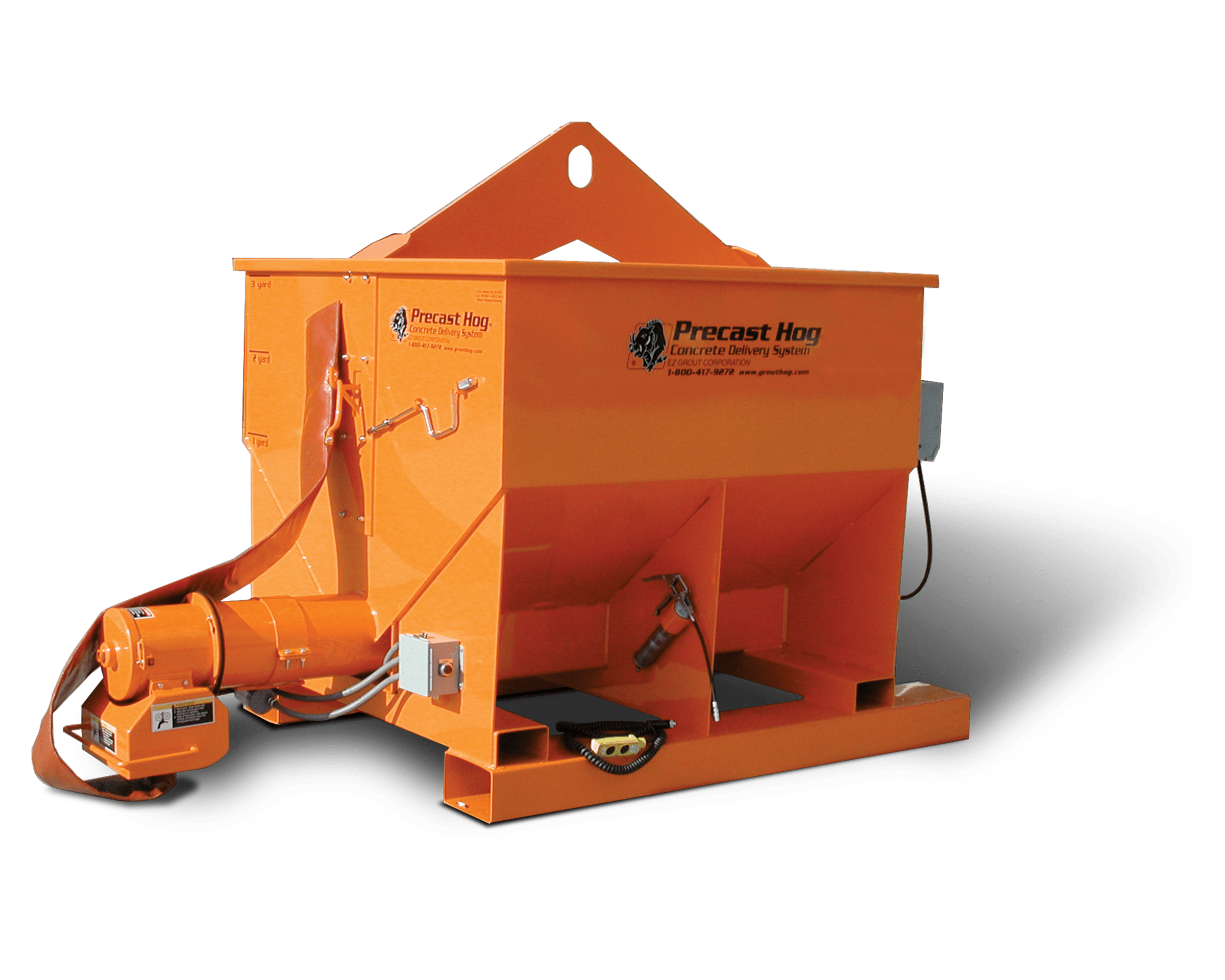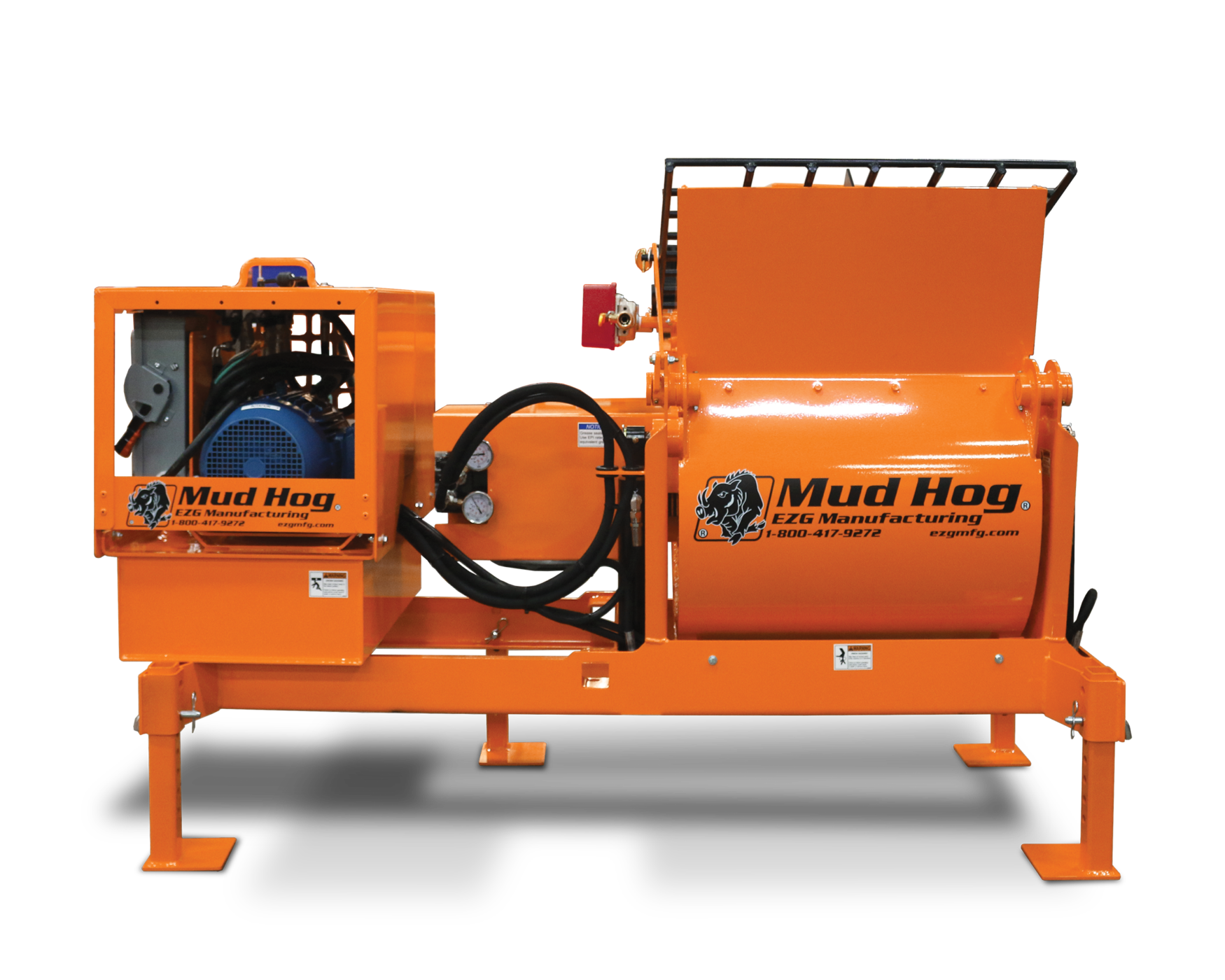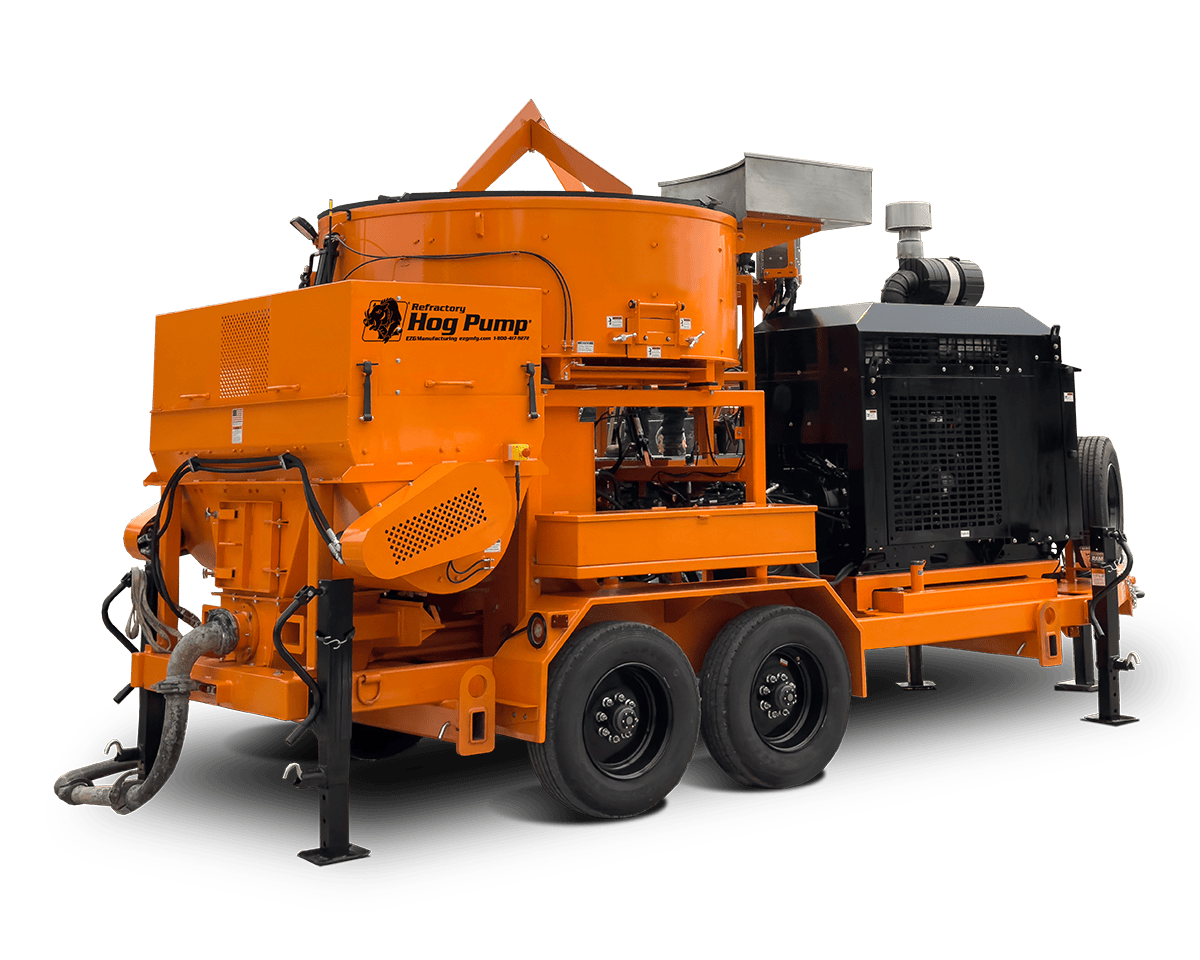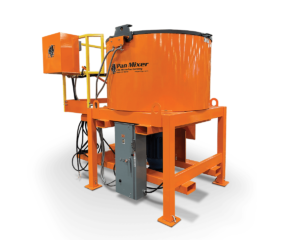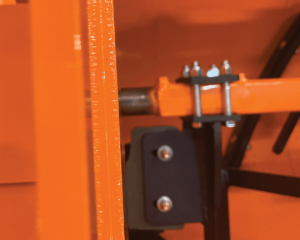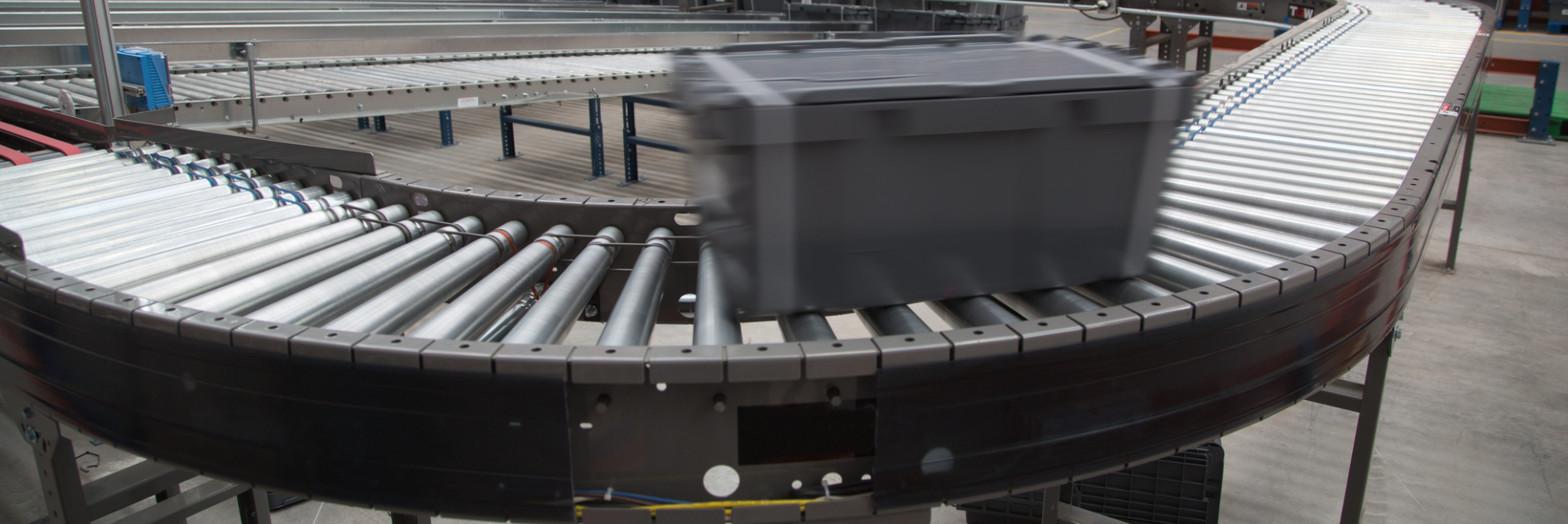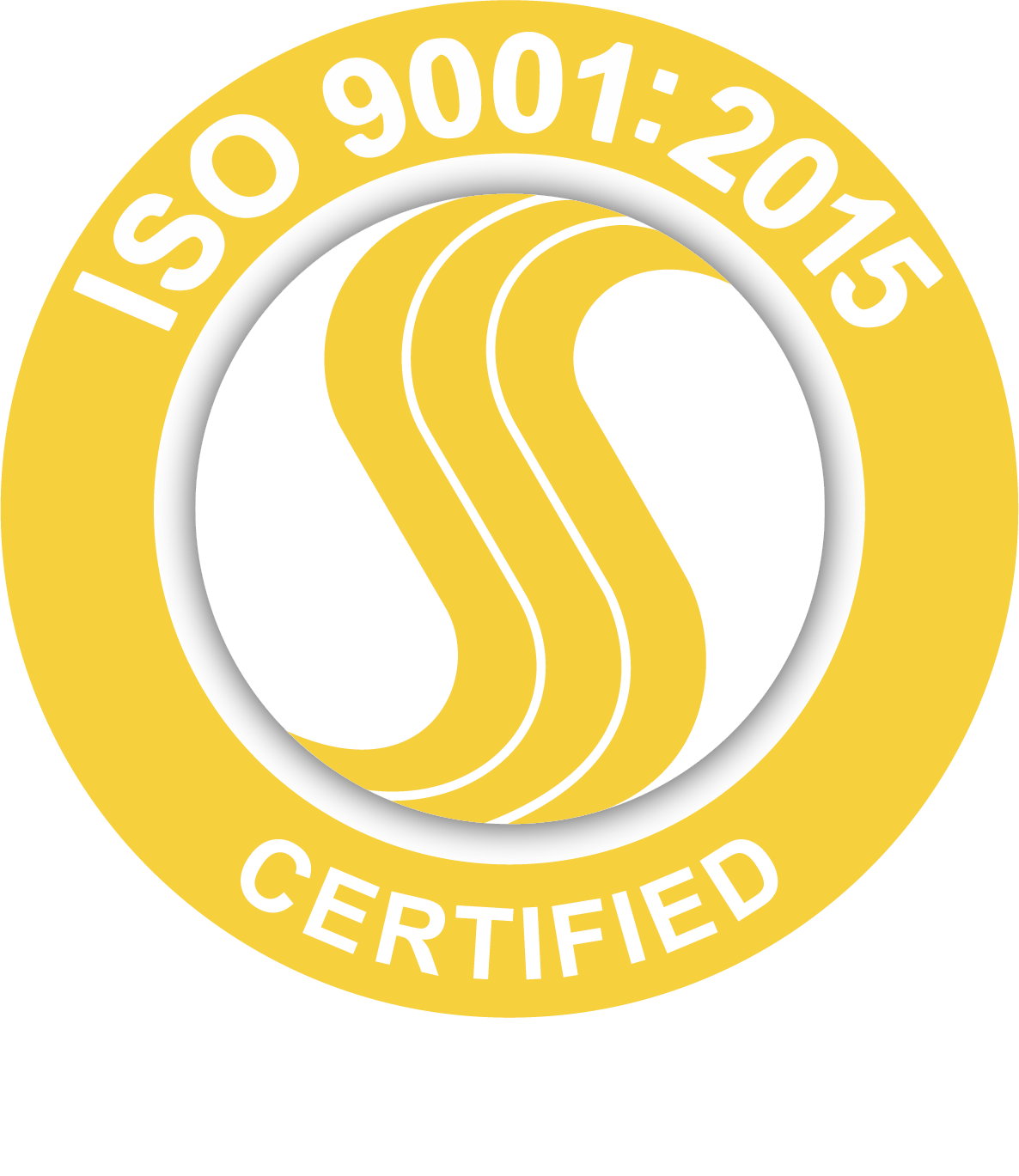In any industrial environment, productivity depends on movement; how efficiently materials are transported, positioned, stored, and transferred between processes. The machinery behind that movement defines the pace, safety, and profitability of an operation. Every load lifted, every pallet stacked, and every part delivered to an assembly line depends on material handling systems quietly doing their job.
From steel fabrication plants and concrete production to packaging lines and logistics terminals, industrial material handling equipment is what keeps work flowing and finished products heading out the door. Each system is engineered to handle specific demands: weight, material type, operating temperature, and throughput requirements.
What Is Material Handling?
Material handling refers to the systematic movement, storage, protection, and control of materials throughout a manufacturing or distribution process. It encompasses the equipment, mechanical systems, and design principles that enable the safe and efficient flow of goods, from raw materials entering a facility to finished products leaving it.
In most industrial settings, material handling is integrated into nearly every operation. Conveyor belts transfer components across assembly lines. Hoists and lift tables raise and rotate heavy steel parts for fabrication. Automated storage systems stage materials for downstream processing. Each piece of equipment works in coordination with others to reduce manual handling, limit downtime, and maintain consistent throughput.
A well-designed material handling system supports:
- Fewer manual handling risks: Reduces strain and fatigue for workers.
- Higher throughput: Keeps production running at a steady, predictable pace.
- Improved workplace safety: Minimizes accidents involving heavy loads.
- Better use of space: Organizes movement and storage more efficiently.
Material handling is the invisible network that drives every industrial process forward. Without it, operations slow, costs rise, and safety becomes harder to maintain.
Four Main Categories of Material Handling Equipment

Industrial material handling equipment is typically divided into four functional categories: transport equipment, positioning equipment, storage equipment, and unit load formation equipment. Together, these systems form the infrastructure that keeps materials moving through every phase of production.
| Category | Function | Example Applications |
|---|---|---|
| Transport Equipment | Moves materials between locations | Conveyor systems, industrial trucks, hoists |
| Positioning Equipment | Adjusts or aligns materials during processing | Lift tables, manipulators, robotic arms |
| Storage Equipment | Holds or stages materials between operations | Racks, silos, automated storage systems |
| Unit Load Formation Equipment | Combines materials for efficient handling | Pallets, containers, skids, wrapping systems |
1. Transport Equipment
Transport equipment handles the horizontal and vertical movement of materials between workstations, processing areas, or storage zones. Its primary function is to move bulk or discrete loads with minimal manual labor.
Conveyor Systems and Conveyor Belts
Conveyor systems are among the most common transport solutions in manufacturing. Belt conveyors, chain conveyors, and roller conveyors are used for everything from lightweight packaging lines to the continuous transfer of aggregate or bulk material. Modern systems often integrate variable speed drives, load sensors, and safety interlocks to control flow and prevent overloading. In environments with abrasive or corrosive materials, stainless steel belts or modular plastic links are selected to match the operating conditions.
Industrial Trucks
Forklifts, tow tractors, and automated guided vehicles (AGVs) are used for mobile transport within facilities. AGVs, in particular, are increasingly adopted in high-volume plants, where they follow programmed paths to maintain a steady flow between production zones without operator input.
Cranes and Hoists
Overhead cranes, jib cranes, and electric chain hoists provide the vertical lift capacity needed to move heavy components, molds, or fabricated assemblies. These systems are critical for tight spaces or high-clearance facilities, allowing for precise positioning and improved load control through electronic limiters and variable hoisting speeds.
2. Positioning Equipment
Positioning equipment is designed to move materials into the correct position for assembly, machining, or inspection. This category focuses on precision and ergonomics, reducing strain on operators and improving productivity.
Lift Tables and Turntables
Hydraulic and pneumatic lift tables raise materials to optimal working heights, improving accessibility for assembly or welding. Integrated turntables allow rotation without repositioning heavy loads, maintaining ergonomic working conditions and consistent alignment.
Industrial Manipulators and Balancers
Manipulators provide powered assistance for positioning irregular or bulky components. Balancers counteract the weight of parts, giving operators full control without fatigue. These systems are vital in repetitive tasks or precision applications such as component assembly or inspection.
Robotic Handling Systems
In automated operations, articulated robotic arms handle placement, stacking, and assembly. These systems are used extensively in production lines requiring exact repeatability and integration with machine vision for adaptive movement.
3. Storage Equipment
Storage equipment holds or organizes materials between production steps or before shipping. This category focuses on maximizing space and keeping materials accessible and secure.
Static Storage Systems
Traditional shelving, racks, and bins are used to organize raw materials, tools, or finished goods. These systems are often constructed from powder-coated or galvanized steel for corrosion resistance in demanding industrial environments.
Dynamic Storage Systems
Pallet flow racks, push-back racks, and carton live storage allow materials to move automatically through gravity or mechanical flow. This first-in, first-out (FIFO) functionality is valuable in operations where rotation and traceability are critical.
Automated Storage and Retrieval Systems (AS/RS)
AS/RS units use cranes, shuttles, or vertical lifts to automatically store and retrieve items from high-density storage areas. These systems improve space utilization and can integrate with warehouse management software to maintain real-time inventory accuracy.
Bulk Material Storage
Hoppers, silos, and bins store granular or powdered materials such as aggregates, sand, or feedstock. These vessels often include discharge gates, screw conveyors, or pneumatic transfer systems to control material flow during batching or processing.
| System Type | Function | Best For |
|---|---|---|
| Static Racks | Secure storage of discrete items | Low-volume or slow-moving inventory |
| Dynamic Racks | Gravity-fed rotation | FIFO operations |
| AS/RS | Automated high-density storage | Large-scale warehousing |
| Silos/Bins | Bulk material containment | Continuous manufacturing or batching |
4. Unit Load Formation Equipment
Unit load formation equipment groups multiple items together so they can be moved efficiently as one. This simplifies logistics and reduces handling time during both manufacturing and shipping.
Pallets and Skids
Wood, steel, or plastic pallets provide a standardized base for material transport. Skids are similar but designed for heavier industrial use where durability and reuse are priorities.
Bulk Containers and Totes
Reusable containers made from steel, high-density polyethylene, or aluminum are used for transporting parts and raw materials. Many are designed with stackable configurations and secure closures to prevent contamination or loss.
Wrapping and Strapping Systems
Automated stretch wrappers, shrink tunnels, and banding systems stabilize unit loads for shipping and reduce product damage in transit. These systems are often integrated into conveyor lines for continuous packaging flow.
Specialized Equipment for Modern Manufacturing
Automation has reshaped the industrial equipment market. As companies push for higher throughput and lower labor costs, new technologies are being adopted to handle repetitive tasks safely and consistently.
- Automated Guided Vehicles (AGVs): Driverless transport systems that use sensors and programmed paths to move materials efficiently and safely within large facilities.
- Robotic Handling Systems: Integrated with conveyors and assembly lines to provide precise, repeatable part placement. Often equipped with vision guidance for advanced automation solutions.
- Custom Material Handling Solutions: Tailored systems designed for specific layouts, load capacities, and environmental conditions—ranging from heavy bulk transfer to precision positioning.
The Role of Material Handling Equipment in the Supply Chain
From manufacturing plants to distribution centers, material handling equipment connects every step of the supply chain. Reliable handling reduces product damage, shortens delivery cycles, and keeps production running on schedule.
In bulk industries, this consistency is what drives performance. Well-designed material handling systems support the steady flow of goods from raw material intake to packaging and shipping, helping companies maintain productivity and customer satisfaction.
Why Durability and Design Matter
Material handling equipment must withstand continuous use, heavy loads, and sometimes harsh conditions. Stainless steel and heavy-duty components provide corrosion resistance and long-term strength, two factors that protect both equipment and operators.
EZG Manufacturing builds equipment designed to last. From mixers and lifts to conveyors and bins, every product is made for real-world applications in manufacturing facilities and construction environments. The result: fewer breakdowns, lower maintenance costs, and consistent daily performance.
EZG Manufacturing: Material Handling Solutions That Carry Their Weight
At EZG Manufacturing, material handling is engineered from the ground up for performance, safety, and longevity. With decades of experience in custom conveyor design and fabrication, our team builds equipment parts that support continuous operation across industrial environments. Each conveyor, shaft, and loading system is precision-crafted to meet exact specifications.
From full-scale conveyor systems and ergonomic lifting tools to bulk transport and food-grade solutions, EZG provides complete in-house design, fabrication, and assembly. Our certified welders and engineers use advanced MIG, TIG, and robotic welding techniques to produce equipment that withstands heavy loads and harsh operating conditions. The result is durable, purpose-built machinery that keeps materials moving and productivity advancing in every application.
With proven expertise in conveyor fabrication, lifting systems, and bulk transport design, our team delivers equipment that performs under pressure. Our systems don’t just move materials; they move production forward.
